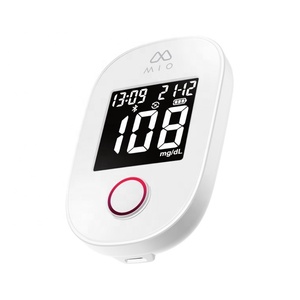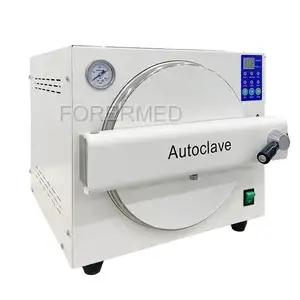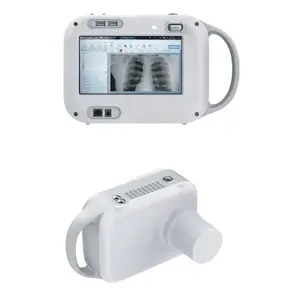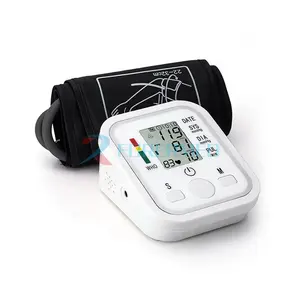Phổ biến trong ngành của bạn

















Các tìm kiếm liên quan:



Các danh mục hàng đầu
Giới thiệu về không có mã hóa glucometer
Cân bằng lượng đường trong máu khỏe mạnh là rất quan trọng khi đối phó với bệnh tiểu đường. không có mã hóa glucometer Đáng tin cậy trên Alibaba.com có một bộ công cụ hoàn chỉnh sẵn sàng sử dụng. Máy đo dễ sử dụng với các nút điều khiển có thể nhìn thấy được. Đáng chú ý, các sản phẩm rất đơn giản để bảo quản vệ sinh. Tương tự, máy tính không có mã hóa glucometer là kỹ thuật số với khả năng cung cấp dữ liệu trung bình định kỳ về lượng đường trong máu. Với những hướng dẫn đơn giản, người dùng có thể tự tin làm sạch và cất giữ.
Máu không có mã hóa glucometer nhanh và cho kết quả chính xác ngay tại chỗ. Dữ liệu được an toàn và dễ dàng truy xuất chỉ bằng một nút bấm. Với các máy đo đường huyết có thể tái sử dụng, người dùng sẽ ít phải thăm khám và tiết kiệm chi phí. Các thiết bị di động giúp ích khi di chuyển từ khu vực này sang khu vực khác mà không cần kiểm tra tại bất kỳ phòng khám nào. Bộ nhớ dữ liệu được mở rộng, tạo không gian cho các bộ sưu tập mục nhập khổng lồ.
Khi tìm mua không có mã hóa glucometer y tế trên Alibaba.com, người mua nên xem xét mục đích sử dụng chính. Hệ thống công nghệ rất quan trọng đối với việc phân phối dữ liệu. Chi phí bảo trì và điều kiện vệ sinh là điều tối quan trọng. Nhắc nhở giúp kiểm tra thường xuyên khi bận. Do đó, đầu tư vào những gì giúp phát triển cuộc sống tốt đẹp hơn.
không có mã hóa glucometer Tính cạnh tranh trên Alibaba.com hấp dẫn và phù hợp với mọi đối tượng người mua. Các nhà cung cấp đáng tin cậy có danh mục tốt hơn và báo giá đa dạng để có trải nghiệm mua hàng đầy đủ thông tin. Công chúng nên tìm kiếm kiến thức để có trải nghiệm mua hàng tốt hơn và trẻ hóa lối sống tốt hơn.











